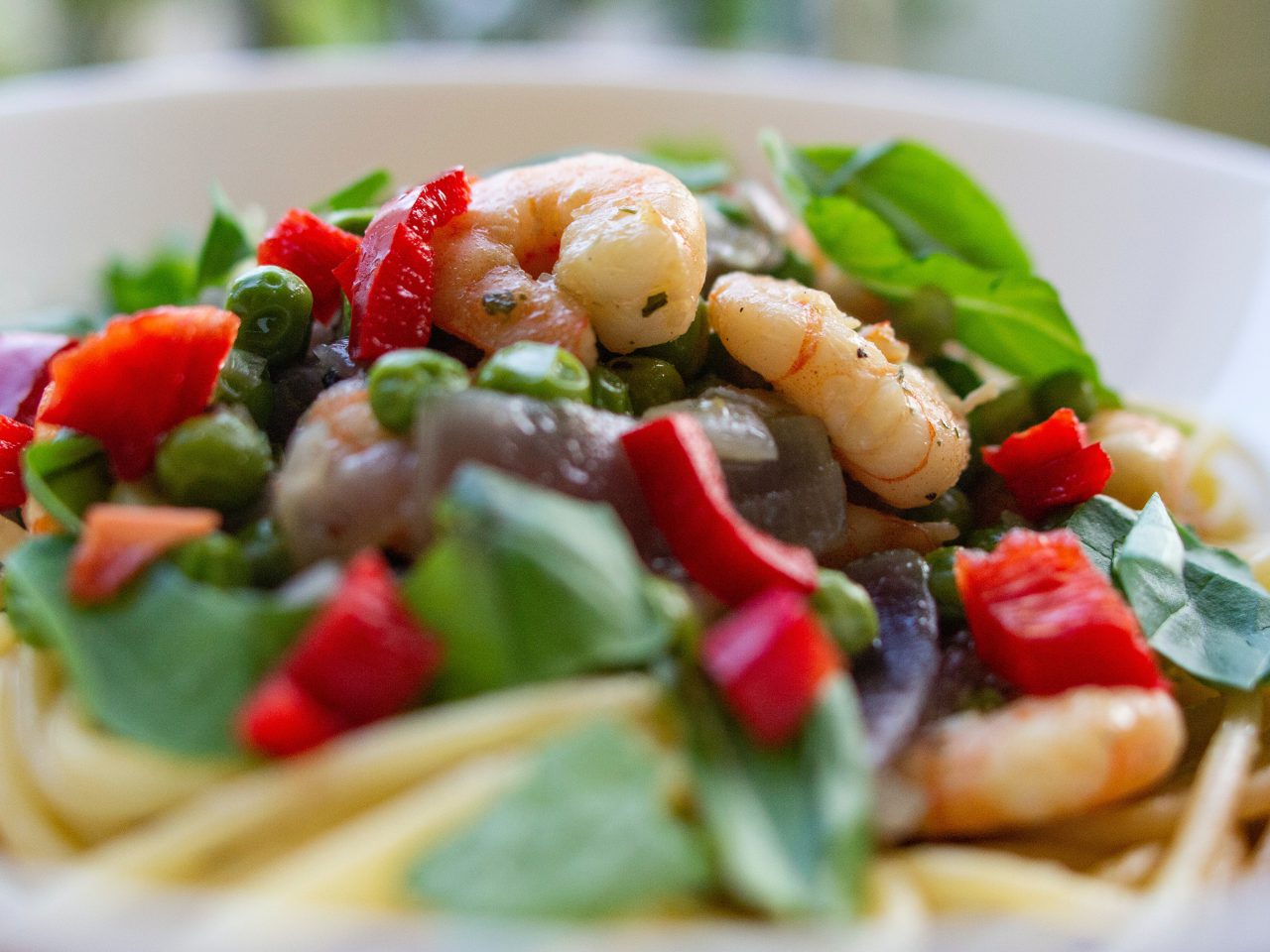
Getting enough protein while keeping your calories low enough is one of the most difficult things to do. In order to make sure that you stay on track, you really need to make sure you’re planning out your meals and keeping yourself accountable of what you’re putting into your body.
Here are 9 tips that should help:
1. It’s essential to find a meal frequency/schedule that you enjoy and can stick to as a lifestyle.
But eating four times a day does make it much easier to meet protein goals because you have one more opportunity per day to do so. Every meal should include some form of protein. Some people eat the conventional three meals of breakfast, lunch, and supper, consuming a protein shake or snack.
2. Protein supplements are never required.
They are nutritionally no better than protein food, but they can help a lot of people increase their daily intake if they aren’t getting enough from whole foods.
3. Using the leanest meat possible is fantastic advice for health and calorie control.
Although many cuts of beef are heavy in fat, some, such as top round, are exceedingly lean. I marinate and broil a New York strip once or twice a month as a treat, and I splurge once or twice a year at a steakhouse, but I use top round beef regularly because it is the leanest cut. I exclusively use 96 percent fat-free ground beef. 90-93 percent lean “appears” to be lean, but it isn’t.
4. 99 percent lean ground turkey cuts are available.
It’s the same with ground chicken.
5. Skinless chicken breast is popular in bodybuilding and fitness programs because it’s incredibly lean.
The fat percentage varies, but you can find 99 percent lean variations if you read the labels. I frequently roast turkey breasts for dinner prep and have everything sliced and ready to go for days.
6. All fish are high in protein.
This is an exception on the fats: fatty fish like salmon are great to include every week because omega-three fats are so good for you, but white fish like tilapia, cod, haddock and other white fish are also great. Tuna is also delicious. Shrimp is expensive, but shrimp and other lean seafood are very delicious.
7. If you consume dairy products, number seven is a must.
Nonfat Greek yogurt is an excellent source of protein and may be eaten as a snack without preparing a meal. However, if you find a protein powder that you tolerate, you can quickly get 40 to 50 grams in one snack by mixing it in. Cottage cheese, which is low in fat, is also a good source of protein for snacks.
8. Nonfat or low-fat cheese can offer a tiny amount of protein to various recipes and meals, including pasta, eggs, and even salads.
9. Eggs are delicious, but keep the yolks to a minimum if you’re watching your calorie intake.
For instance, use one entire egg (which contains several essential nutrients) and the remaining egg whites. It’s a cinch using carted egg whites. Adding low-fat or nonfat cheese to egg recipes is a terrific method to boost the protein content while tasting delicious. Many people are unaware that lean meat, such as lean beef (steak and eggs) or even chicken breast, can be added to any omelet or scramble. Most individuals only eat a few eggs at a time and then tell themselves they ate protein for breakfast, but only a few eggs don’t provide much of it. It can be increased to 30, 40, or even 50 grams by adding low-fat cheese and/or lean meat.
10. Incorporate high-protein plant-based meals into your diet. (i.e., carbs, including protein).
If you’re going to eat pasta, choose one with a greater protein content. In 2 oz. of Barilla Protein Plus, there are 10 grams of protein (dry). The taste of chickpea and lentil pasta takes some getting used to, but it has more protein. It can also be found in chickpeas, lentils, black-eyed peas, quinoa, and beans. Some pieces of bread, such as Ezekiel, are higher in it, and there are even protein-fortified breads. Oatmeal contains some of it, while other breakfast grains/cereals, such as buckwheat, contain much more.
All of this protein counts toward your daily total, so if you’ve been focusing solely on carbs that are nearly 100% carbohydrate, adding some of the grains above and legumes, for example, can significantly increase your daily protein intake.
I hope some of these suggestions prove helpful.



